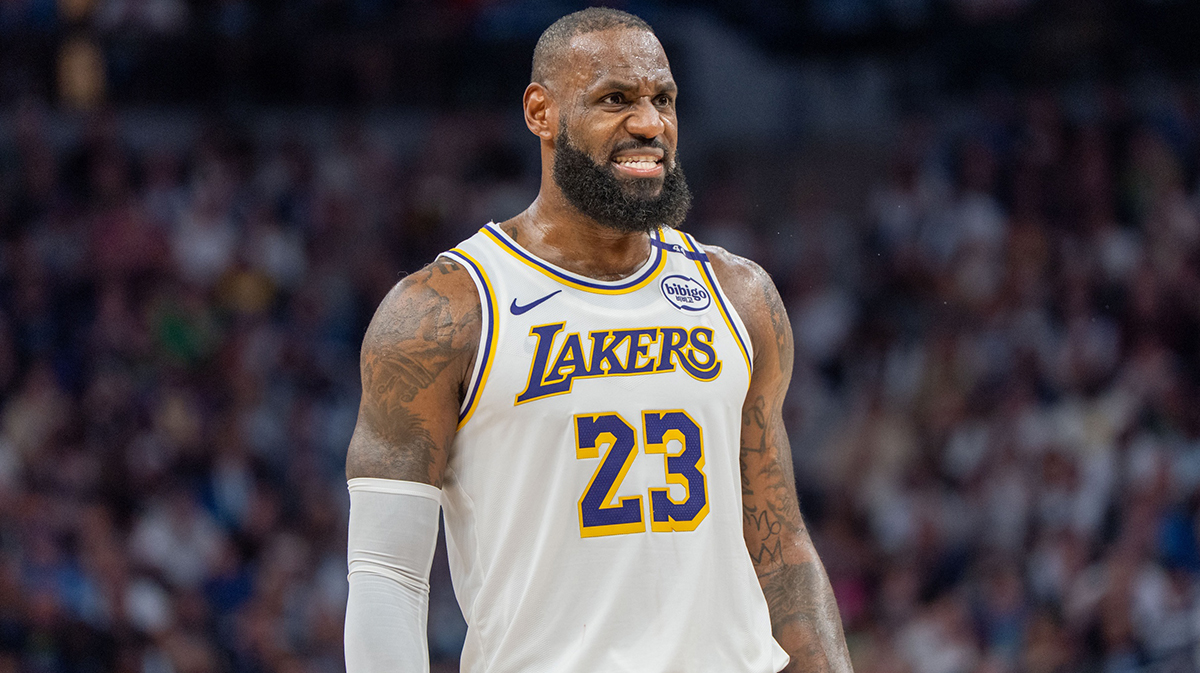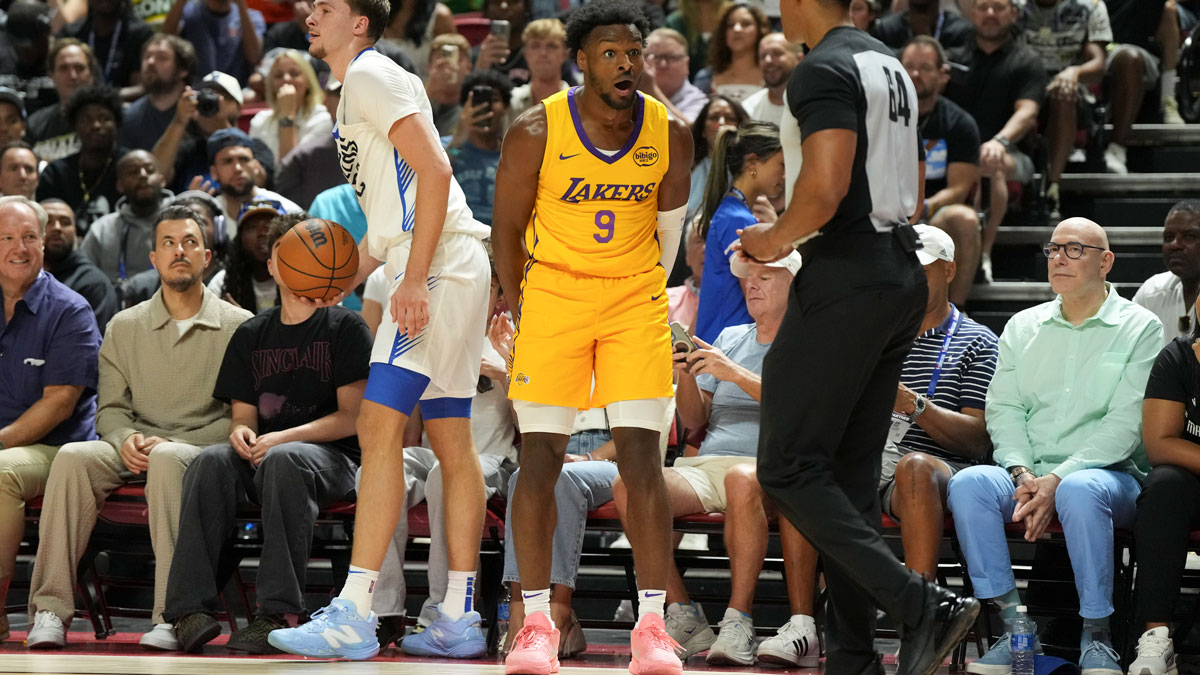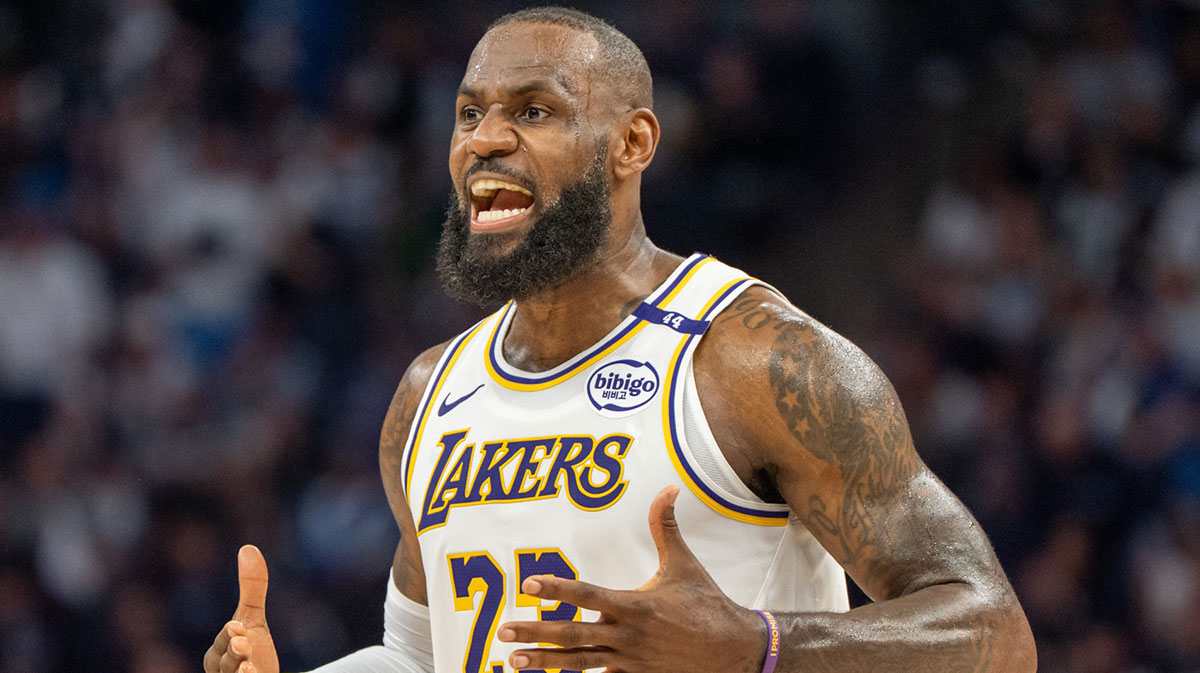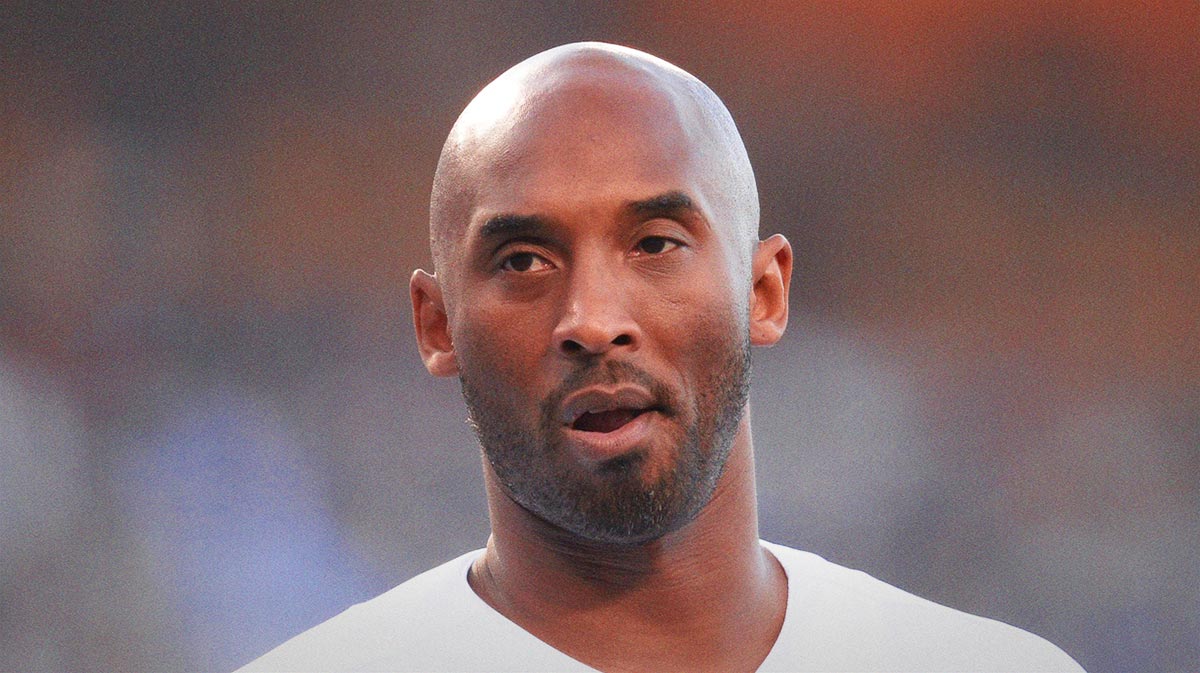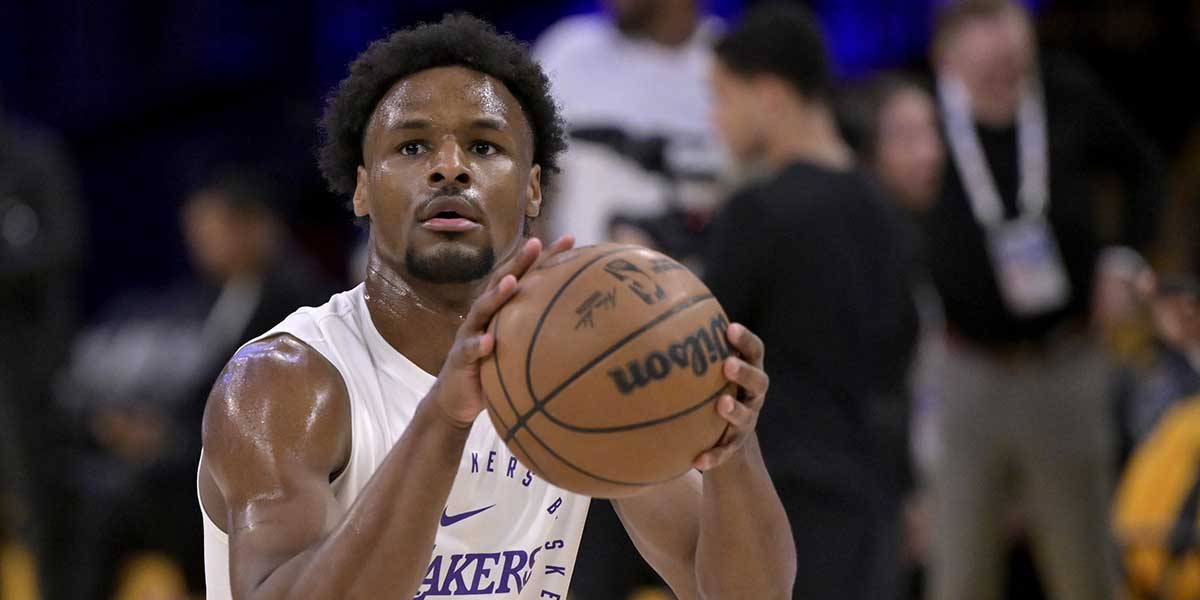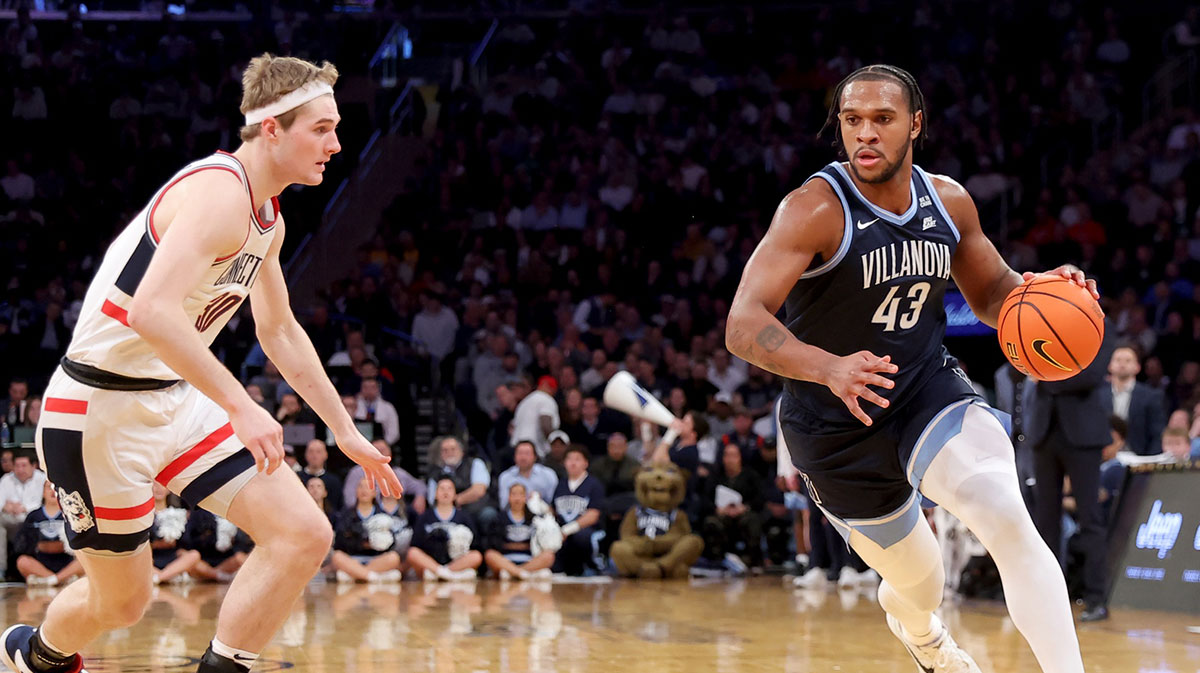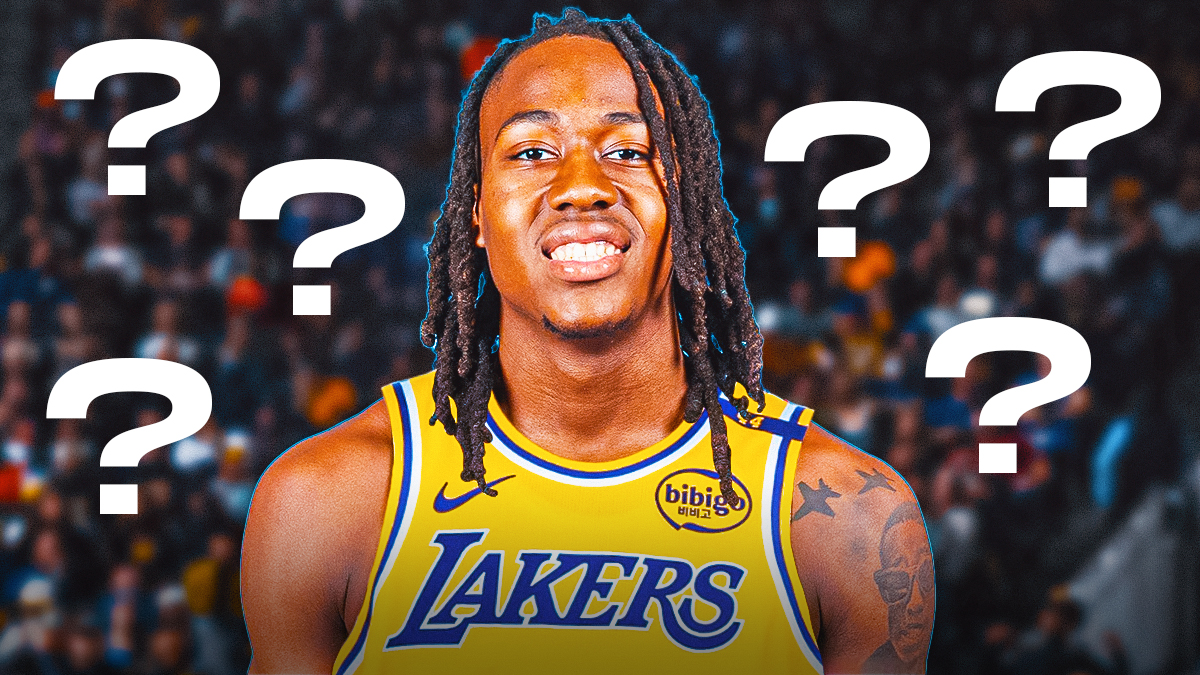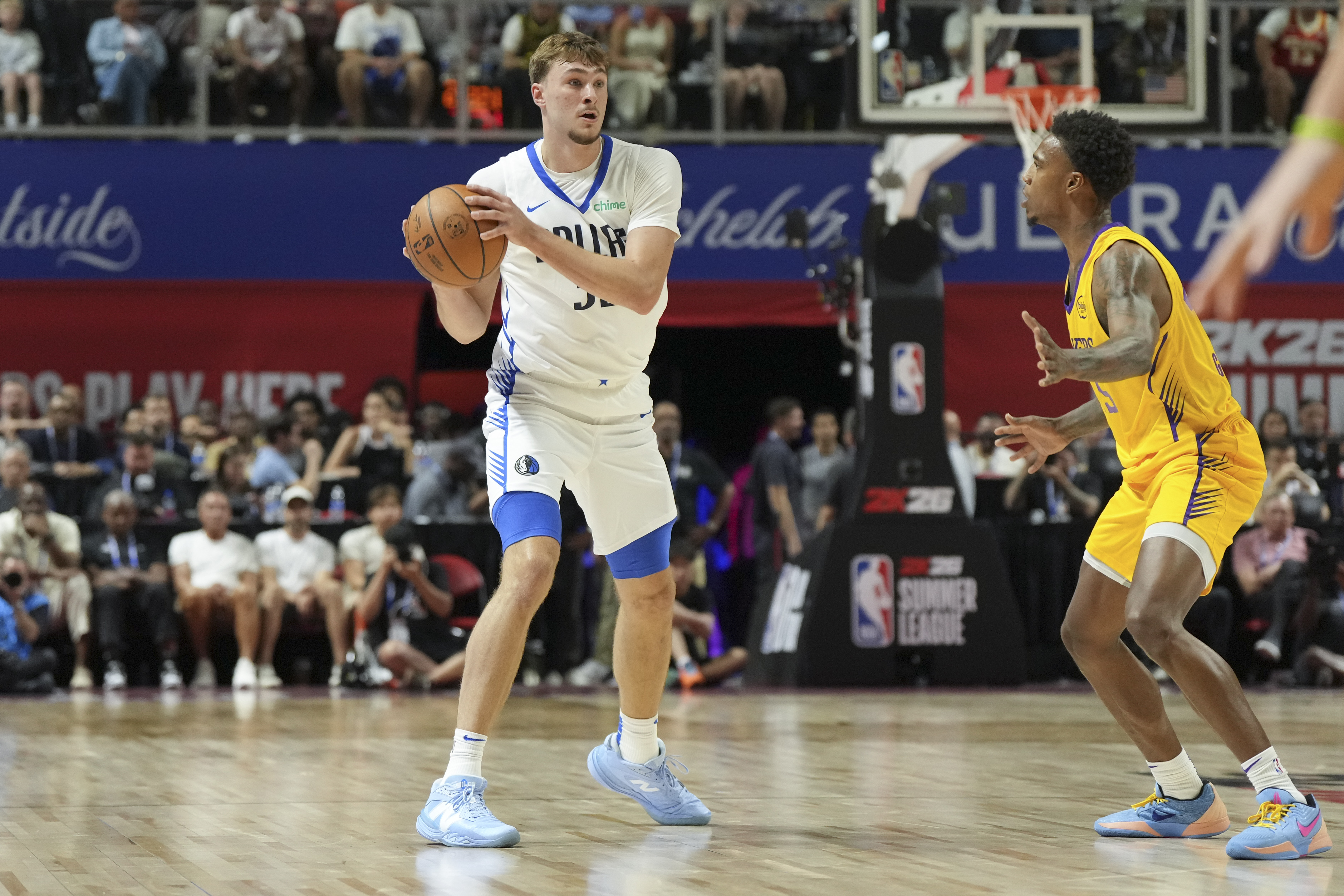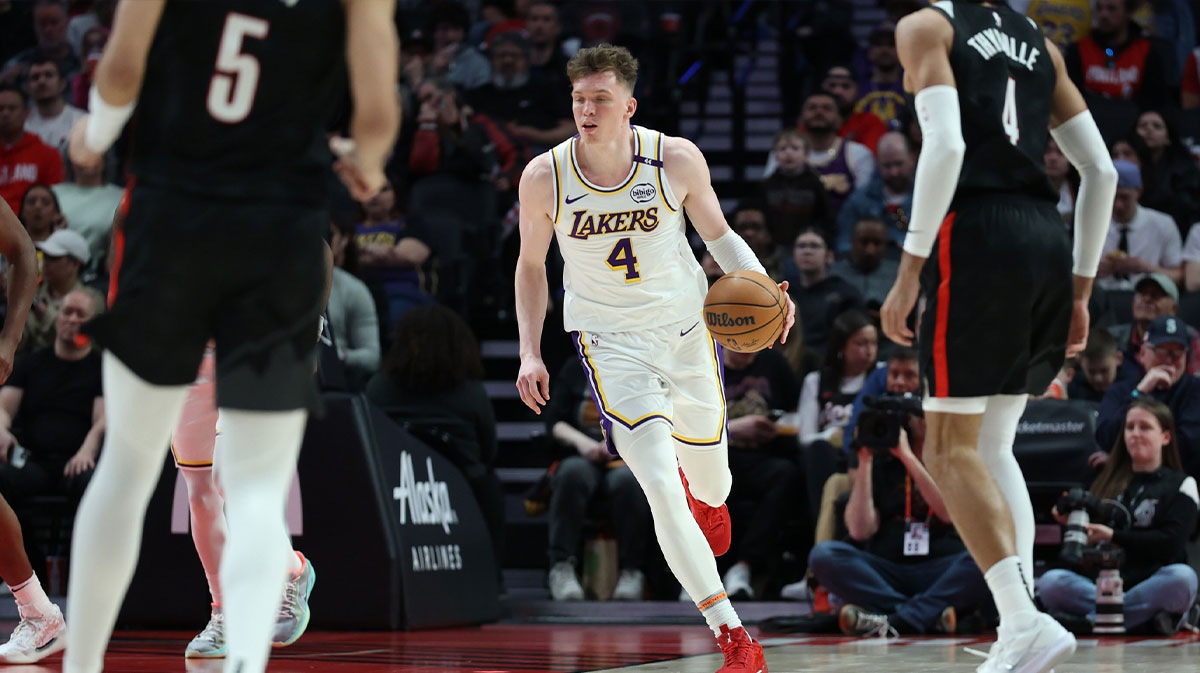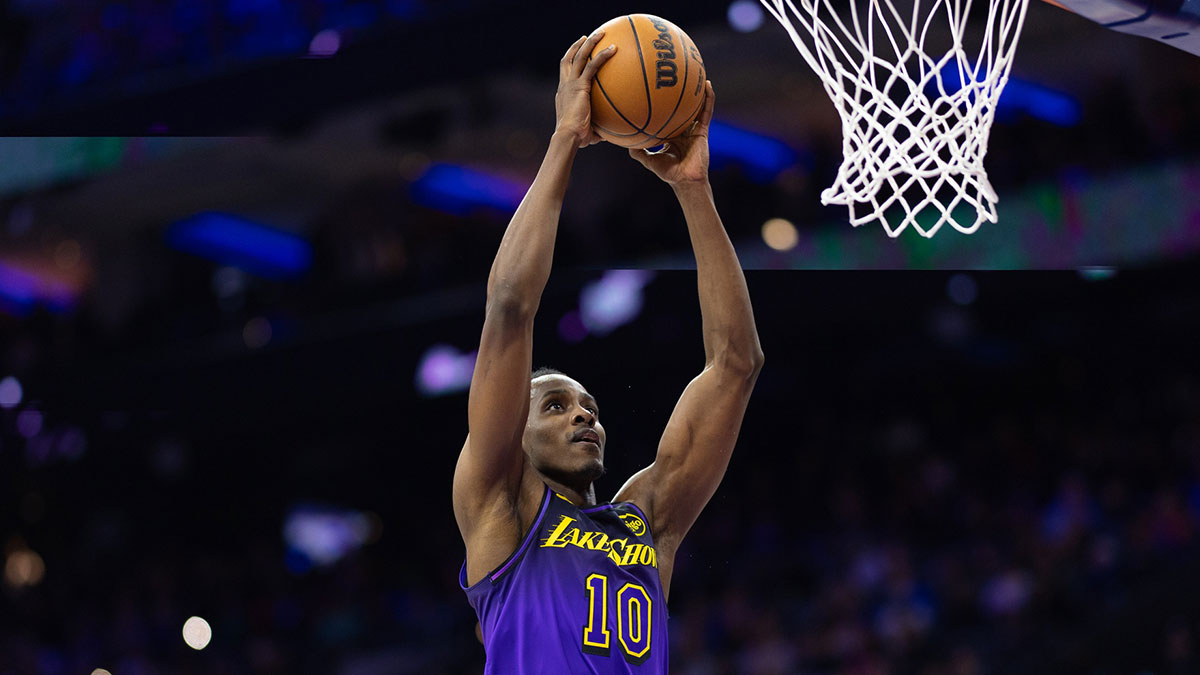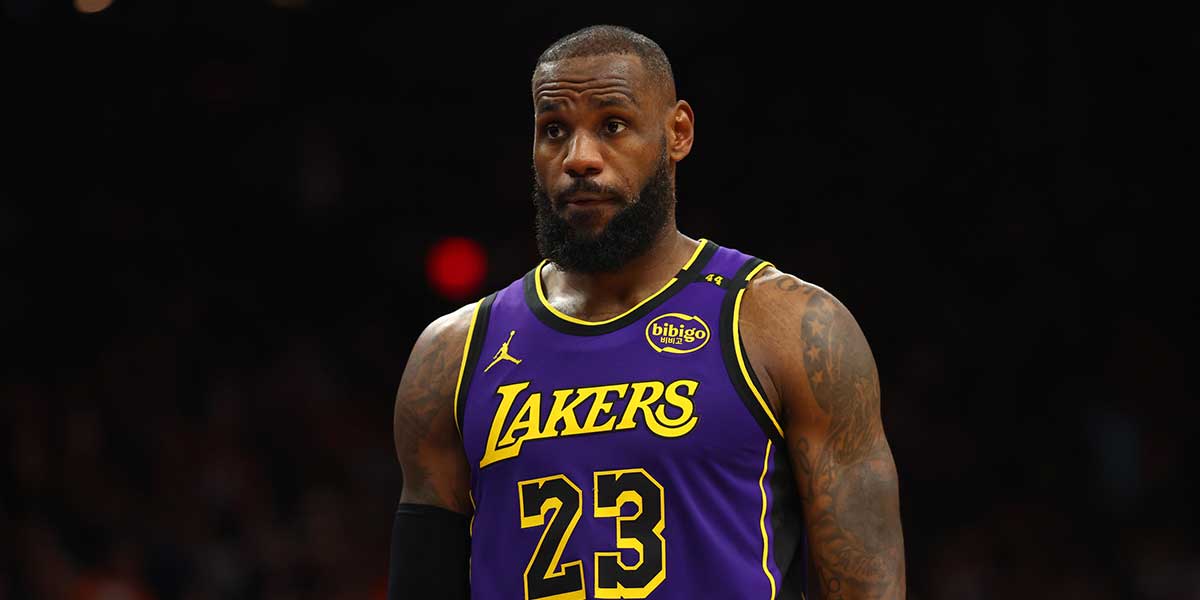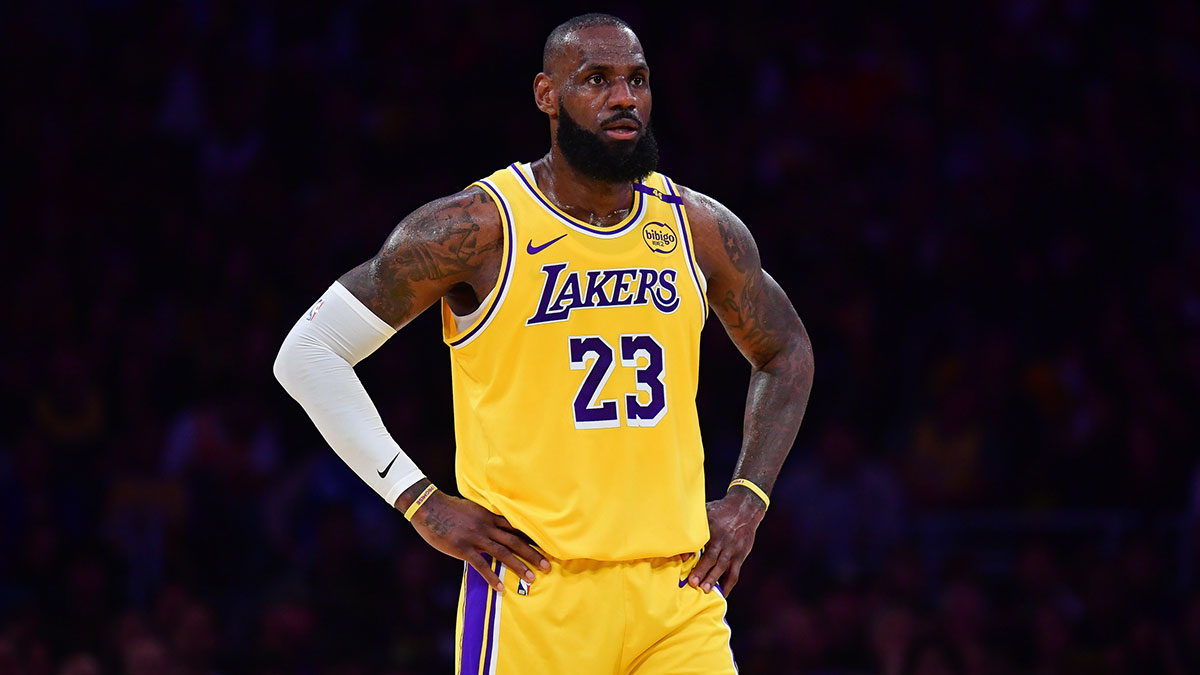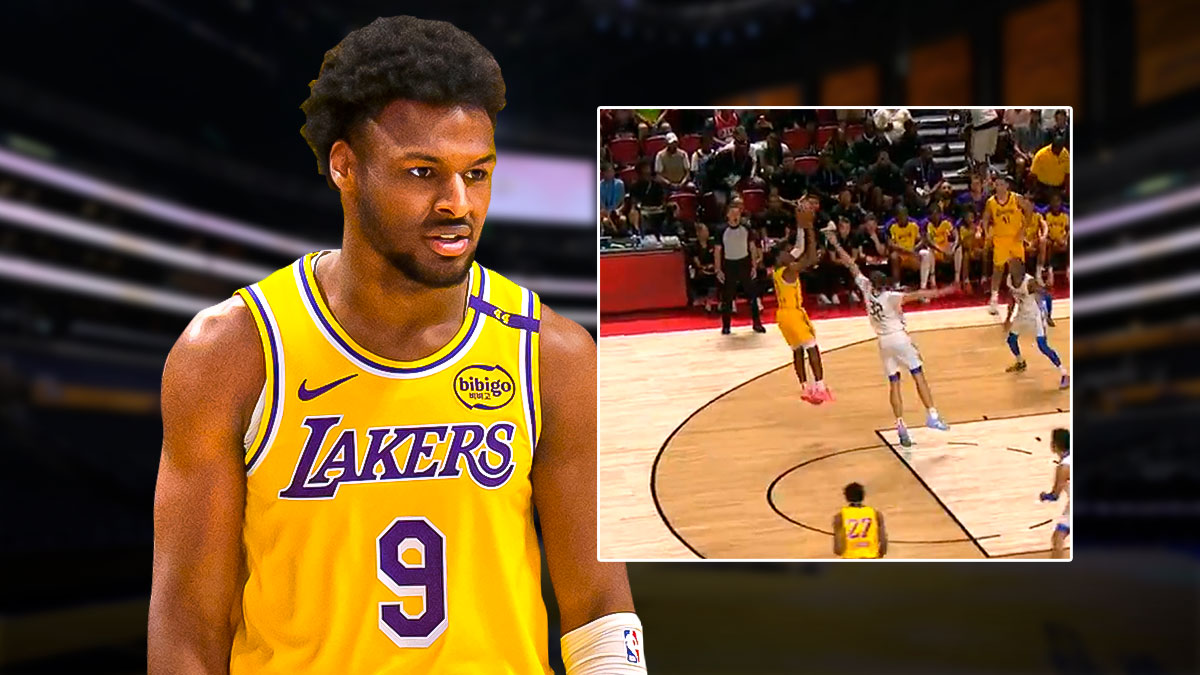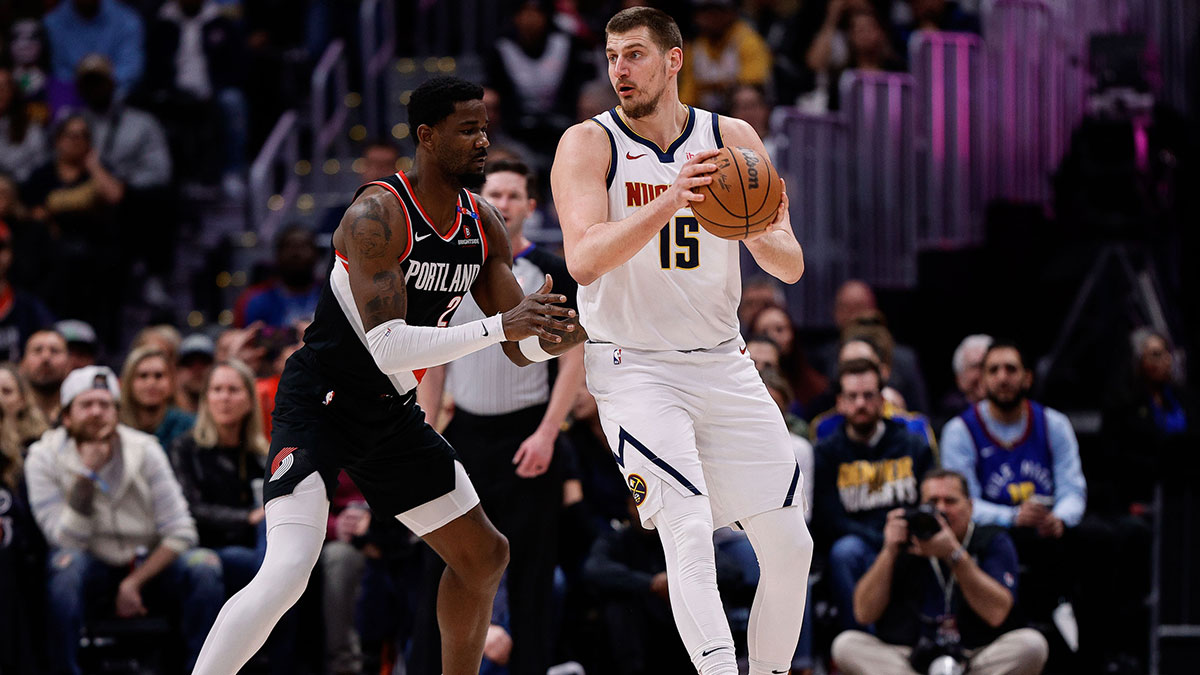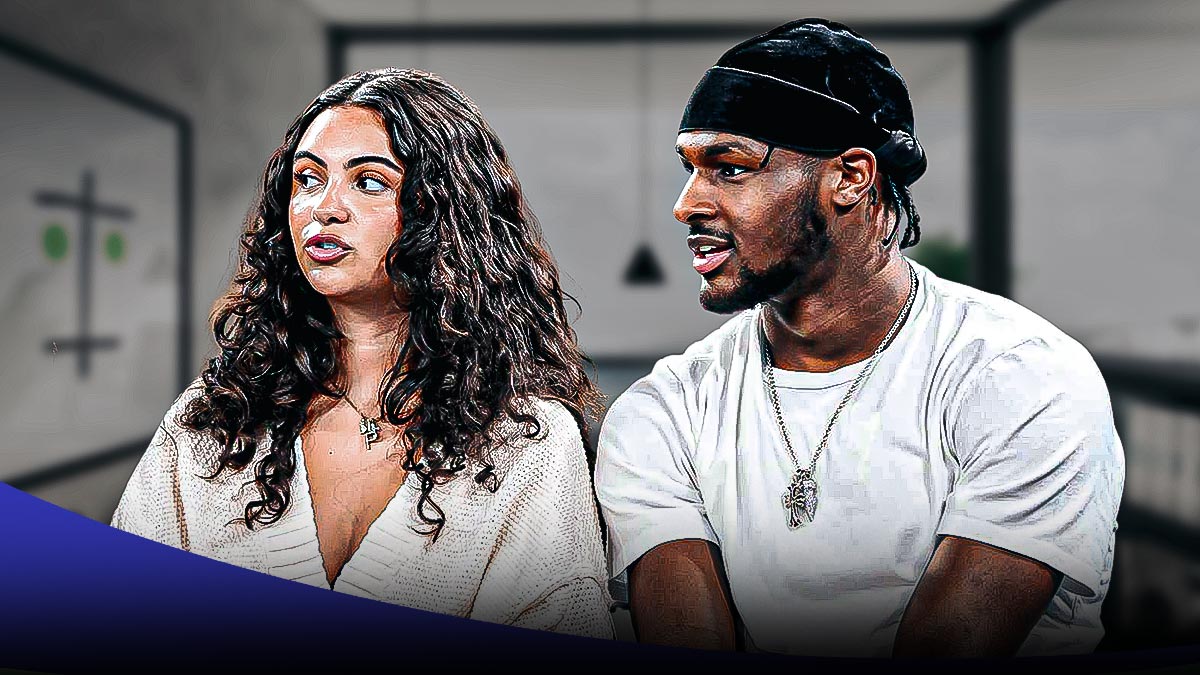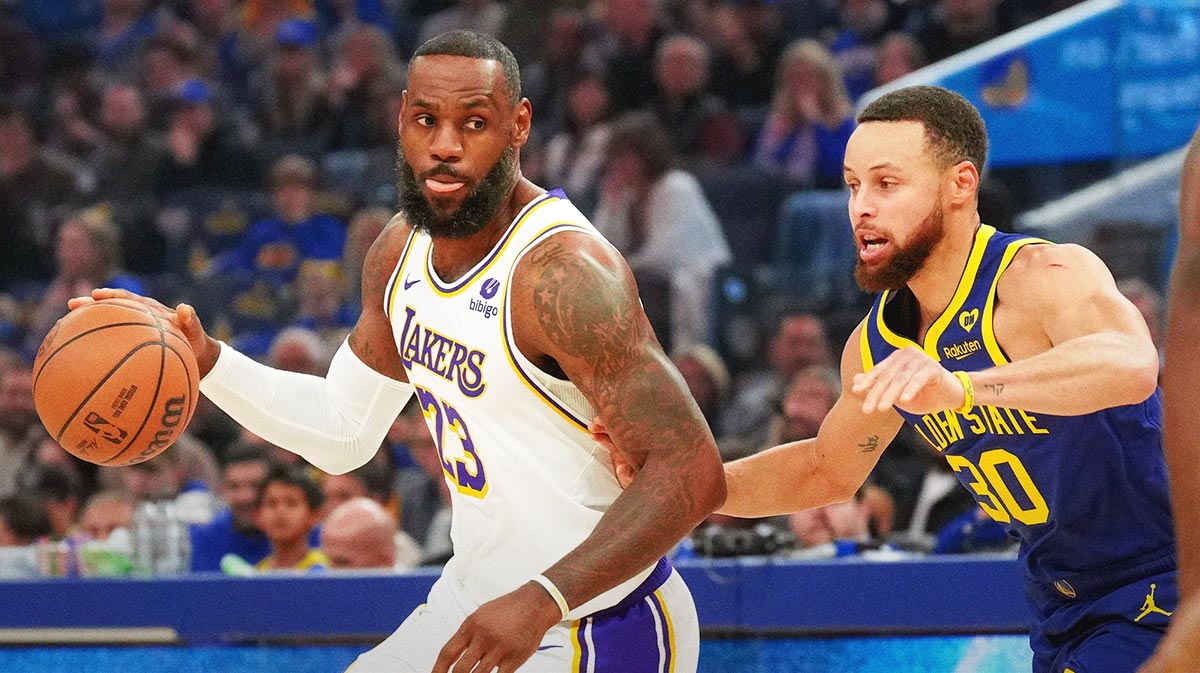After a breakout month of February and two years of steady improvement, the hype for Brandon Ingram reached its peak in the off-season. When Lebron James decided to bolt to Hollywood and made Ingram off-limits in a potential Kawhi trade, it was assumed the latter would excel as the Robin to his Batman. That narrative was furthered after positive preseason play so Ingram's career arc seemed on the same line of upward trajectory.
The expectations for Ingram have yet to manifest. While his usage has hovered in the same area, efficiency has dovetailed in year three, suggesting he needs to improve in creating and make adjustments to shoddy shot choice. He decreased from the 43rd percentile in points per shot attempt to the 25th. And his 82nd percentile assist to usage rate dropped to 26th, per Cleaning the Glass.
Unlike his oft-comparables Giannis and Kevin Durant, Ingram is not a wiry player of first step explosion. The aforementioned players, on the other hand, have leveraged yo-yo dribbles and slimy skill moves to slither to the rim.

So what precisely is plaguing Brandon Ingram?
Defenses know Ingram is not aggressive, shying away from contact as he squirms and weasels around the outskirts of the lane off ball-screens, so they deploy drop coverage. Drop coverage is when the big man — who switches onto the ball-handler — fades back into the paint to simultaneously protect the rim and guard the roller, which allows the guard to scramble back onto the ball-handler. By all means, it is a persuasive tactic, to allow an open — yet extremely inefficient — mid-range jump shot.
It’s not that he is deficient from mid-range, having shot 43.4% from mid-range (15-24 feet per NBA.com) last season. But when big men sink under screens, they’re actively allowing Ingram to whip out his mid-range jump shot in lieu of allowing him to glide with ease to the rim.
The game against the Orlando Magic — who the Lakers ultimately lost to, to fall to a disappointing 8-7 — was indicative of apocalyptic problems. Most teams sacrifice an open mid-range shot for a layup in drop coverage, but the Orlando Magic — equipped with the long-limbed Mo Bamba and Jonathan Isaac — sacrificed neither by deploying either tower.
As mentioned, his mid-range shot is inefficient. That can be attributed to the 1.1 more contested mid-range shots he’s attempting than last season. What should he not do? Cut the open mid-range shot from his arsenal, as it should rise to 45 to 50% — last season it was at 42.5% last season and the season prior, 47.0%.
That Brandon Ingram is continuously baited by drop coverage is a microcosm of his third year — a clear lack of adjustment to strategy. After two short seasons of amassed film, teams have adjusted. They know he squeezes into taut angles only to be bumped by the featheriest of shoves.
They know that when he does serpent past his defender, he pump-fakes imaginary defenders, allowing the real defender to recover comfortably. They know he will settle for contested mid-range shots:
The uptick in mid-range shots in drop coverage derives from Ingram's lacking pick and roll play — which used to signify improvement — as it hopped from the 16th percentile (0.59 PPP) to the 45th percentile (0.79 PPP) over the prior two seasons. This season, though, is one of steep decline, stalling at a dreadful 33rd percentile (0.75 PPP), as teams are daring him to settle for mid-range shots at all costs. So how can Ingram get back on track?
The first step towards Ingram becoming a lethal weapon in the pick and roll is to be aggressive, as the 6.3% fewer layup and dunk attempts and the 25% decline in free throw attempts (0-3 feet, per Basketball-Reference) indicate Ingram isn't leveraging every inch of his 6'9” frame to attack defenders.
Once he leveraged his choppy shoulder-shimmies and hurdle-clearing strides to bait the salivating shot-blockers into chomping at the bit, he sliced open shots for perimeter shooters.
When Orlando supplanted Bamba and Isaac with Vucevic, their game plan remained the same. So Ingram adjusted and slithered past the outmatched Fournier — whom he shot 71.4% FG and scored 13 points against, both season-highs — to the rim with ease.
The Fournier matchup is a data point in a trend in how Ingram dominates smaller guards. While NBA.com matchup data is wholly inconsistent because it assigns matchups to the nearest defender, we can still draw knowledge from it.
This season — by my loose count — Ingram is shooting 55.8% against wings and guards 6’8’’ or smaller, while he makes only 26.9% of his attempts when guarded by wings and guards the same height or taller. Thus, Ingram should attack smaller defenders on switches, especially when slower defenders like Nikola Vucevic or Jusuf Nurkic await on helpside.
The above sequence — plays where Ingram doesn’t rely on Lebron’s wizardry — points to a larger problem in lineups. Painstakingly obvious as the notion is, staggering Lebron and Ingram is a recipe for future success. After all, Prince Ingram has looked better without the King by his side.
Before Lebron, when Lonzo was plagued by injury and Ingram stepped in as starting point guard for 13 games last season, he averaged 4.9 assists. Ingram excelled with the free reign, which allowed for risky maneuvers and, in turn, more assists chances — playoff hopes be damned.
This year's goals pale in comparison as Magic Johnson aims to make the playoffs and Lebron only knows the Finals. As a result, Ingram is averaging 58% fewer assists per touch than he did last season. Simply put, Rondo and Lebron are taking touches away so Ingram has less freedom, lessening his growth as a creator. That Rondo is suffering from a fractured hand and Lonzo is playing off the ball, means Ingram is due for more chances, and possibly a repeat performance.
Brandon Ingram — whose career has been one punctuated by noticeable progression — needs to put his head down and make improvements. Or, perhaps, keep his eyes peeled as his opponent may have just deployed a nasty case of drop coverage.
Statistics courtesy Basketball-Reference, NBA.com, Synergy Sports.

